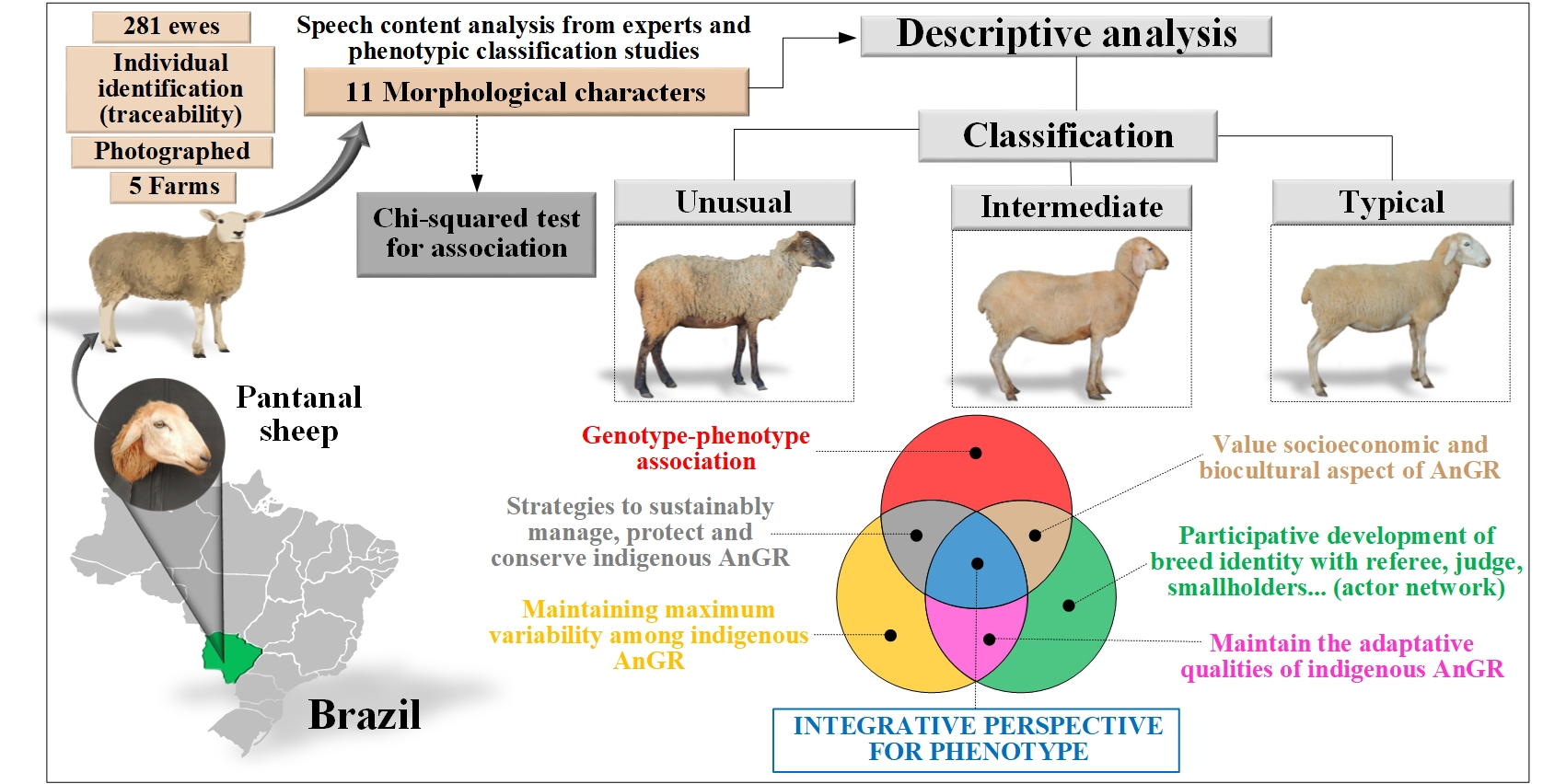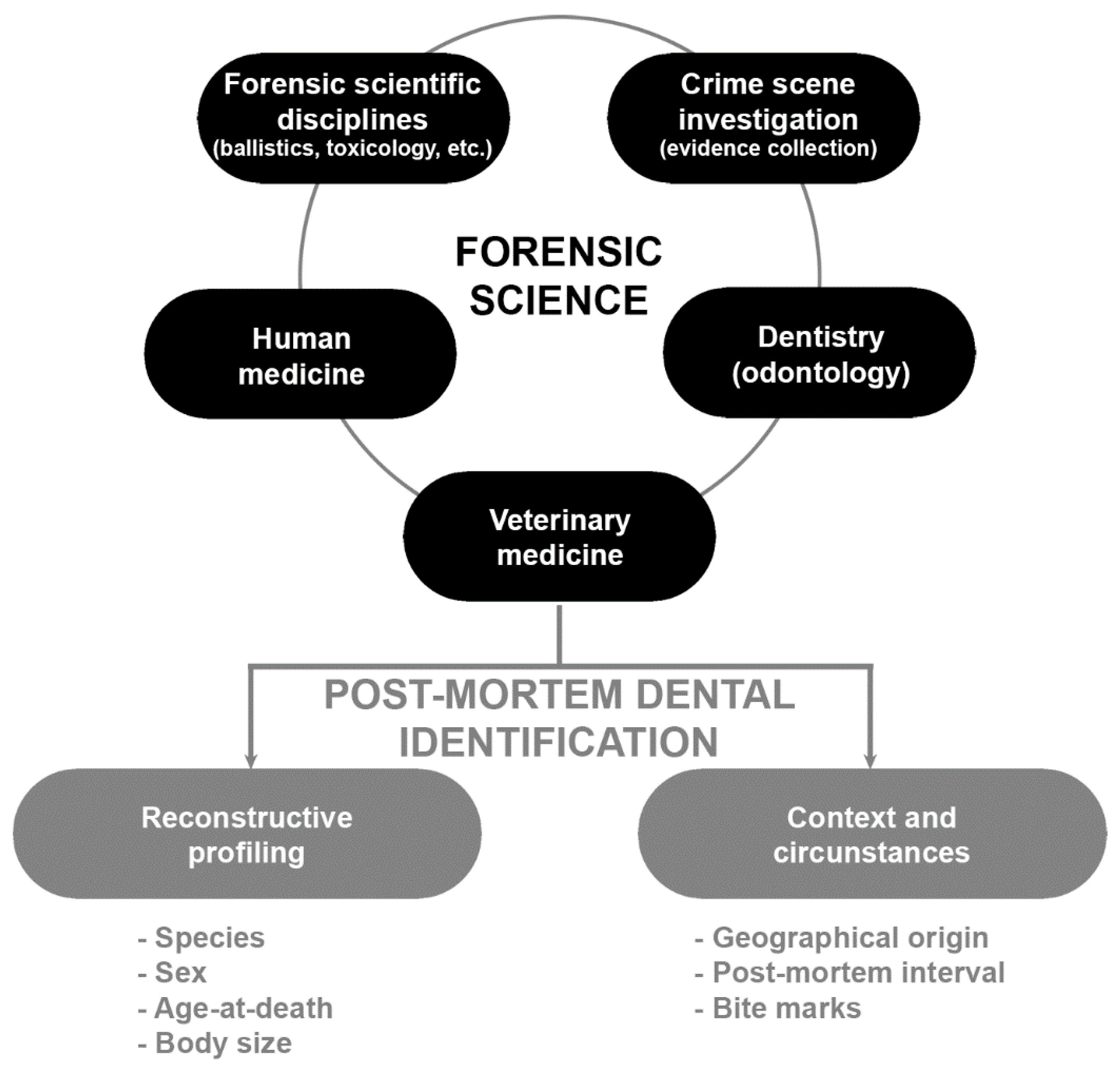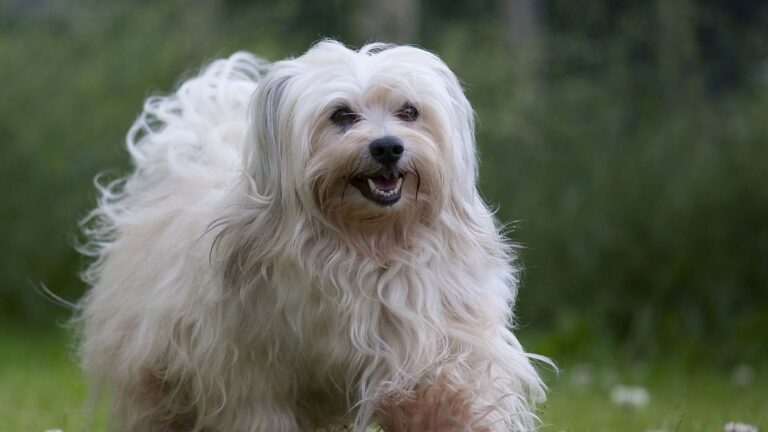Do Larger Dog Breeds Teeth Differently: Expert Analysis
Last Updated on May 1, 2024 by Petpalace54
Yes, different dog breeds have different teeth sizes and shapes. Different dog breeds have evolved over time, creating differences in their physical characteristics, including the size & shape of their teeth.
Do Larger Dog Breeds Teeth Differently? From small-size breeds to larger ones, the anatomy of a dog’s mouth varies, with certain breeds having more prominent canines, wider jaws, or even overlapping teeth. These variations can play a role in how dogs bite, chew, and consume their food.
Importantly, the size of a dog’s teeth in relation to their mouth size can often dictate their propensity to suffer from dental problems, such as overcrowding, plaque buildup, & gum inflammation. We explore how different breeds have evolved to have unique teeth structures and the impact that has on their dental health.
Table of Contents
- 1 Do Different Dog Breeds Have Different Teeth?
- 2 Are Larger Dogs More Prone To Dental Issues?
- 3 Which Dog Breeds Have The Largest Teeth?
- 4 Interesting Facts & Variations In Canine Teeth
- 5 Size Difference In Canines: Reasons & Analysis
- 6 Explaining Dog Dental Chart & Canine Dental Anatomy
- 7 Frequently Asked Questions On Do Larger Dog Breeds Teeth Differently
- 8 Conclusion
Do Different Dog Breeds Have Different Teeth?
It’s a common question amongst dog owners: Do different breeds have different teeth? The short answer is yes, they do. The size, alignment, and number of teeth can vary significantly depending on the breed. Here’s a closer look at how a dog’s breed impacts their teeth:
Size Of Teeth
Just as with humans, teeth size in dogs can vary depending on the size of the jaw and mouth. Typically, larger breeds will have bigger teeth & vice versa. For example, Irish Wolfhounds have some of the largest teeth among dog breeds, while smaller breeds such as Chihuahuas have much smaller teeth. It’s worth noting that even within breeds, individual dogs may have slight variations in teeth size.
Alignment Of Teeth
Teeth alignment is another area where different breeds can differ. For instance, some breeds may be prone to overbites or underbites, which can cause dental problems over time. German Shepherds, for example, typically have teeth of similar size to wolves & should have even scissor bites, but they can still experience dental issues if their teeth aren’t aligned correctly.
Number Of Teeth
The number of teeth in a dog’s mouth can also vary depending on the breed. On average, dogs have around 42 teeth, but some breeds may have more or fewer teeth. For example, the Chihuahua breed typically only has 28 teeth, while other breeds such as the Akita or the Shiba Inu may have up to 52 teeth.
Overall, different breeds can indeed have different teeth, which can impact their dental health. It’s important for dog owners to be aware of these differences and to stay on top of their pet’s dental care to prevent issues in the long run.

Credit: www.mdpi.com
Are Larger Dogs More Prone To Dental Issues?
Just like humans, dental issues can affect dogs of any size, but larger dogs may have some unique dental challenges. Some larger breeds may have teeth of different sizes and shapes, which, if crowded, can lead to an increased buildup of plaque and gum inflammation, making dental care even more important.
Are Larger Dogs More Prone to Dental Issues?
As a dog owner, you might have noticed that larger dog breeds have bigger teeth. But do larger dogs have teeth differently and are they more prone to dental issues? Let’s explore this topic further.
Proportionality of Teeth to Mouth Size
One possible reason why some larger dog breeds are more prone to dental issues is the lack of proportionality of their teeth to their mouth size. According to the Texas Wolfdog Project, smaller dogs may have proportionally larger teeth relative to the size of their mouth, which can sometimes lead to overcrowding and an increased buildup of plaque, causing gum inflammation. However, larger dog breeds have larger mouths that can accommodate their bigger teeth, making them less susceptible to overcrowding.
Causes of Dental Issues in Larger Breeds
Despite having larger teeth, larger dog breeds are still prone to dental issues. One possible cause is genetics. Some dog breeds, like the Boxer and the Bulldog, are more prone to dental problems due to the structure of their jaw or the shape of their teeth. Another possible cause is poor dental hygiene. Just like in humans, dogs need regular dental check-ups, teeth cleaning, and proper nutrition to maintain dental health. Failure to do so can lead to plaque buildup, gum disease, tooth decay, and bad breath.
In conclusion, larger dog breeds may have bigger teeth that are proportionate to their mouth size, but they are still susceptible to dental issues. As a responsible dog owner, it’s important to prioritize your dog’s dental health by regularly scheduling dental check-ups, cleaning their teeth, and providing them with proper nutrition to maintain healthy teeth and gums.
Which Dog Breeds Have The Largest Teeth?
Different dog breeds have different teeth sizes, with some larger breeds such as German Shepherds having teeth similar in size to wolves. While some, like Siberian Huskies and Alaskan Malamutes, should have even scissor bites, underbites or overbites may occur.
Overcrowding and plaque buildup can also contribute to dental issues, especially in smaller breeds with proportionally larger teeth. However, the larger protective breeds like German Shepherds or big hounds tend to have the largest teeth.
When it comes to dogs, different breeds can have different teeth size and shape. While some dog breeds may have larger teeth to match their size, others may have teeth proportionate to their mouth size. Here, we will focus on which dog breeds have the largest teeth.
Size Comparison Of Irish Wolfhounds & Scotties
Irish Wolfhounds are one of the largest dog breeds with a height of up to 32 inches and weighing around 120 pounds. Despite their immense size, their teeth are not as large as one might expect. Conversely, Scotties, who generally weigh no more than 25 pounds, have teeth that are quite large compared to their overall size.
A size comparison chart of the teeth of these two breeds is depicted in the table below –
| Breed | Height | Weight | Tooth Size (Approx.) |
|---|---|---|---|
| Irish Wolfhound | 32 Inches | 120 Pounds | Medium-Large |
| Scottish Terrier | 10 Inches | 19-23 Pounds | Large |
Protective Breeds With Large Teeth
As a general rule, breeds that were originally bred for protection or hunting tend to have larger teeth than other breeds. For instance, German Shepherds, Rottweilers, and Mastiffs have relatively larger teeth to match their powerful jaws.
When it comes to dental care, larger breeds require just as much attention as smaller breeds. Although larger teeth may appear to be more durable, they too can break or develop dental diseases, which can be painful and expensive to treat. Therefore, it is important to provide larger breeds with the right dental care & regular check-ups.
In conclusion, larger dog breeds do not necessarily have bigger teeth, but factors such as breed history & jaw strength can affect tooth size. As responsible pet owners, it is our responsibility to provide our furry friends with optimal dental care regardless of their size or breed.
Interesting Facts & Variations In Canine Teeth
Canine teeth vary in size and shape among different dog breeds, but larger dog breeds do not necessarily have stronger teeth. In fact, smaller dogs may have proportionally larger teeth, leading to overcrowding & plaque build-up. Irish Wolfhounds may have the largest teeth, but Scotties have larger teeth relative to their size.
Interesting Facts & Variations in Canine Teeth
We’ve all heard the expression, “tooth and nail,” and there’s a good reason for that. In dogs, teeth are integral to their survival, serving as weapons for hunting and protection. But have you ever wondered about do Larger Dog Breeds Teeth Differently, particularly between small and large dogs? In this section, we’ll explore the anatomy and structure of canine teeth and take a closer look at the functions of these fascinating, essential parts of a dog’s mouth.
Anatomy & Structure of Canine Teeth
Dogs have four types of teeth, each serving a different purpose: incisors, canines, premolars, & molars. The canines, also known as fangs, are the sharp, pointed teeth that are most visible when a dog’s mouth is open. Interestingly, dogs have more teeth than humans – a full set of adult dog teeth contains 42 teeth, while adult humans have 32 teeth.
The size and shape of canine teeth can vary greatly between dog breeds. Larger breeds often have proportionally larger teeth, while smaller breeds can have teeth that are relatively larger for the size of their mouth. Breed standards often specify the ideal size and shape of a breed’s teeth, but some variation is normal.
Functions of Canine Teeth
Canine teeth are primarily used for biting and tearing. This is especially important for carnivores like dogs, as they use their teeth to capture and kill prey. However, canine teeth also serve other functions, such as holding objects, like bones or toys, & even as a form of communication. Dogs may display their teeth as a warning to other animals or people to indicate that they are feeling threatened.
In summary, while all dogs have similar types of teeth, the size and shape of canine teeth can vary significantly between breeds. Canine teeth are an essential part of any dog’s anatomy, serving a vital function in their survival & communication.
Size Difference In Canines: Reasons & Analysis
Different dog breeds can have varying teeth sizes, which may affect their dental health differently. While some larger dog breeds like German shepherds may have teeth similar in size to wolves, small breeds may have proportionally larger teeth that can lead to overcrowding and plaque build-up.
Understanding the differences in canine teeth size can provide insights into their dental health.
Relationship Between Dog Breed & Canine Teeth Size
The size of a dog breed plays a vital role in the overall tooth size and the number of teeth they have. For instance, the Great Dane is known to have massive teeth compared to a Chihuahua. This difference in size is not just for aesthetic purposes but is necessary for the functions of the teeth, such as biting and chewing.
Reasons For Size Difference In Canine Teeth
One explanation for the size difference is genetics. Different dog breeds are developed to meet specific purposes, & those functions require a certain tooth size. For example, sled dogs like the Alaskan Huskies need a strong bite force to pull sleds through snow and ice. The size of their teeth helps them perform this function with ease.
Furthermore, the depth of a dog’s jaw can also determine the size of their teeth. For instance, a dog with a shallow jaw would have smaller teeth, while one with a deep jaw would have a more extensive set of teeth.
Analysis Of Size Difference In Canine Teeth
A study conducted on various dog breeds indicates that larger dogs have a better chance of maintaining their teeth & oral hygiene than smaller breeds. In smaller breeds, teeth are often overcrowded and may overlap, leading to a buildup of plaque and tartar, which leads to dental problems. Additionally, puppies of larger breeds tend to develop teeth faster than smaller breeds, which helps them adjust to a more solid diet early on.
To conclude, the size of a dog breed determines the size of their teeth, and as a dog parent or veterinarian, it is essential to be aware of these differences. The knowledge of why these size differences occur, along with proper dental care and hygiene practices, can aid in preventing dental problems in dogs of all sizes.

Credit: www.britannica.com
Explaining Dog Dental Chart & Canine Dental Anatomy
Larger dog breeds may have teeth of similar size to wolves and scissor bites. However, underbites or overbites can occur in some breeds like Siberian huskies, Alaskan malamutes, and German Shepherds. Smaller dogs can have proportionally larger teeth, leading to overcrowding and an increased buildup of plaque-causing gum inflammation.
Number Of Teeth In Dogs
Dogs have more teeth than humans, with an adult dog having 42 teeth, while an adult human has only 32 teeth. Puppies have 28 teeth, and as they grow older, they will have 14 upper teeth and 14 lower teeth. By the time they reach six months, all 42 teeth will have grown.
Differences Between Dog Teeth And Human Teeth
There are significant differences between dog teeth and human teeth. Humans have flat molars and incisors, which are used for grinding and cutting food. Dogs, on the other hand, have pointed teeth that are meant for tearing and crushing food. These pointed teeth are called “canines,” which is why dogs are referred to as canines. The canine teeth of dogs are much sharper and larger than human canine teeth.
Moreover, while humans have two sets of teeth, dogs only have one set of teeth. Human teeth grow when a child loses his or her first teeth. In contrast, dogs’ teeth do not fall out, making it crucial to take good care of their teeth & gums throughout their lives.
The canine dental chart is used by veterinarians to record the dental health of a dog. The dental chart is divided into four sections: upper left, upper right, lower left, and lower right. Each section has incisors, canines, premolars, and molars. The dental chart records the current state of each tooth and any treatments needed to maintain dental health.
Canine dental anatomy varies depending on the breed, age, and size of the dog. Canines can have overbites, underbites, and other dental conditions that affect their dental health. It is essential to take care of a dog’s teeth and gums to avoid dental problems and diseases like cavities, gum disease, and tooth decay.
In conclusion, understanding canine dental anatomy and the dog dental chart is crucial to maintain your dog’s dental health. Dogs’ teeth serve critical functions, and it is essential to take good care of them throughout their lives. A healthy mouth and healthy teeth will ensure your dog’s overall health and well-being.
| Comparison of Human Teeth and Dog Teeth | |
|---|---|
| Human Teeth | Dog Teeth |
| 32 teeth | 42 teeth |
| Flat molars | Pointed molars |
| Flat incisors | Pointed canines |
| Two sets of teeth | One set of teeth |

Credit: www.petco.com
Frequently Asked Questions On Do Larger Dog Breeds Teeth Differently
Do Different Dog Breeds Have Different Teeth?
Dog breeds have varying teeth sizes and shapes. For instance, some northern breed dogs have smaller teeth, while German shepherds have teeth similar in size to wolves but slightly smaller. Siberian huskies, Alaskan malamutes, & German shepherds should have even scissor bites, but underbites or overbites can occur.
Smaller dogs are at a higher risk of developing dental issues, possibly due to proportionally larger teeth relative to their mouth size, causing overcrowding and plaque buildup. Different breeds have different dental problems and sizes of teeth.
Do Bigger Dogs Have Stronger Teeth?
Different dog breeds have different teeth sizes. While larger dog breeds may have stronger teeth, smaller dogs are more at risk of dental issues due to proportionally larger teeth relative to the size of their mouth, which can lead to overcrowding & an increased build-up of plaque causing gum inflammation.
It’s essential to maintain good dental hygiene for all breeds regardless of their size.
Which Dog Breeds Have The Largest Teeth?
Different dog breeds have different teeth sizes. Some northern breed dogs have smaller teeth while breeds like German Shepherds often have larger teeth similar to wolves. As a general rule, larger protective breeds like German Shepherds or big hounds have larger teeth.
Scotties also have teeth size comparable to their overall size. However, underbites or overbites may occur in certain breeds, even Huskies & Malamutes should have even scissor bites.
What Dog Breed Has The Healthiest Teeth?
Do different dog breeds have different teeth? Yes, some dog breeds may have smaller or larger teeth than others. Smaller dogs may have proportionally larger teeth relative to their mouth size, which can lead to dental issues. Meanwhile, larger protective breeds like German Shepherds or big hounds tend to have larger teeth.
However, teeth health ultimately depends on proper dental care and regular check-ups regardless of breed.
Conclusion
Hopefully, you got your answer on “Do Larger Dog Breeds Teeth Differently?” Obviously, different dog breeds have varying teeth sizes and shapes based on their genetic makeup. However, every dog owner should understand the importance of proper dental maintenance for their canine friends, regardless of size or breed. Regular teeth brushing, annual dental checkups, and a healthy diet can help in preventing dental problems and maintain oral hygiene.
Although larger dog breeds may have stronger teeth, every dog requires proper care to ensure a healthy and happy life. So, let’s take care of our furry friends and keep their teeth healthy & strong.



